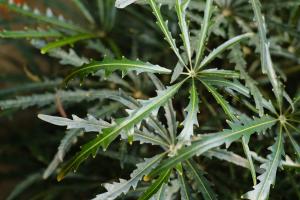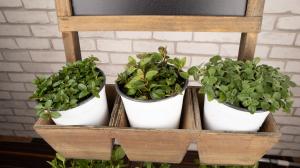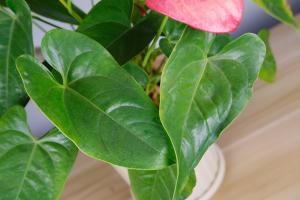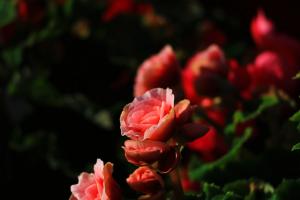How Far Apart to Plant Elm Trees
Elm trees are beautiful additions to any garden or landscape, with their towering height and sweeping branches. However, when it comes to planting elm trees, many gardeners are unsure about how far apart they should be planted. In this article, we will explore the ideal spacing for planting elm trees, as well as some tips for ensuring optimal growth and health.
Factors to Consider
The ideal distance between elm trees will depend on several factors, such as the specific species of elm, the size of the mature tree, soil and environmental conditions, and the purpose of the planting. For instance, if you are planting elms as a windbreak, you may want to space them closer together than if you are planting them for shade or ornamental purposes.
Generally, for large elms like the American or European elm, the recommended spacing is around 50 to 60 feet apart. For smaller varieties like the lacebark or cherry bark elm, you can plant them slightly closer together, around 30 to 40 feet apart. However, it is always best to consult with a local arborist or gardening expert to determine the optimal spacing based on your specific conditions.
Tips for Optimal Growth and Health
Planting elm trees is just the first step in ensuring their growth and health. Here are some tips to keep your elms thriving:
Choose the right location: Elms prefer well-draining soil and ample sunlight, so choose a location that receives at least 6 hours of direct sunlight per day and has good drainage.
Water regularly: Young elms require regular watering to establish their roots, especially during hot and dry weather. Aim to water deeply about once to twice a week.
Mulch: Apply a layer of mulch around the base of your elm tree to retain moisture and suppress weeds, but be careful not to mulch too close to the trunk, as this can lead to rot and disease.
Prune properly: Prune your elm trees in late winter or early spring, removing any dead or diseased branches and thinning out the canopy as needed. Avoid pruning in the summer, as this can promote disease and insect infestation.
Fertilize wisely: Elms do not typically require much fertilizer, but if you do choose to fertilize, use a slow-release nitrogen fertilizer in early spring.
Monitor for pests and diseases: Elm trees are susceptible to several pests and diseases, such as Dutch elm disease and elm leaf beetle. Monitor your trees regularly for signs of infestation or disease and consult with an arborist if you suspect any issues.
Conclusion
Planting elm trees can be a rewarding experience, but it is important to choose the right spacing and take proper care to ensure optimal growth and health. By following these tips and consulting with experts as needed, you can enjoy the beauty and benefits of elm trees for years to come.

 how many times do yo...
how many times do yo... how many planted tre...
how many planted tre... how many pine trees ...
how many pine trees ... how many pecan trees...
how many pecan trees... how many plants comp...
how many plants comp... how many plants can ...
how many plants can ... how many plants and ...
how many plants and ... how many pepper plan...
how many pepper plan...































